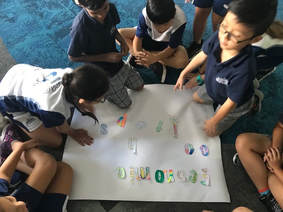
My first term working at ISHCMC has come to a close. And I cannot believe that my last post was after week 1! It has been hard work, but I wouldn't change it for anything. I am still so happy and grateful to be here.
I love blogging to help me reflect on the process of what is happening. I just have not had as much time to do it here. I really need to make more time for it. Here are a few things I have been pondering. I will try to keep them short. 1. Structures change One huge learning curve we knew was going to happen is the structures of Studio 4 at ISHCMC. I went through similar things last year at ISBerne with my grade 3 class. But this year there are 5 classes, 6 teachers, and 3 TAs in our studio. Plus learning coaches and coordinators. There are a lot of fantastic voices and ideas going in to what we are doing. But things change a lot. This makes me think of Ken Montgomery's speech I heard the other week at Edutech Asia. He works at Design Tech High and reminded us all that "everything has an expiration date. Just because we do something and then change our practices later doesn't mean we were wrong the first time." A few things we have tried: - In the first couple of weeks we had our own classes, but knew this was not the approach we wanted. - 15 common "star" times where ALL studio 4 students are in the studio at the same time, and students choose what goals to work on/workshops to attend. The rest of the time is with specialists or your own studio. - 6 dedicated math times, 6 dedicated literacy times where students are still choosing what to do, but must be related to that subject area (trying to create more balance) - We are now going to try inquiry groups 3-4 times a week for the next unit... more on this in section 4 below. Although it can be draining, these changes are all a good thing, of course, as we iterate how Studio 4 actually functions. When it comes down to it, our Studio 4 'why' is to provide opportunities for every learner. As long as we keep that in mind, we're good. 2. Smaller routines still matter We are trying some smaller routine changes that are also making big differences. It doesn't all have to be large, structural changes to make the impact. - CAR Time (Choose, Act, Reflect) for 40 minutes in the morning and 40 minutes in the afternoon... this sometimes has felt too long and often gets cut to 20 minutes so that we have more time to explicitly explore our UOI - Reading CAFE - every day after recess everyone (including teachers) read for 25 minutes. This has been a great calm down and focus time for students. - Mindfulness choices - Every morning ISHCMC has mindfuness times. In Studio 4, students have 6 choices of types of mindfulness that they commit to for the week. This has ranged from guided meditations to yoga, listening to stories, singing, colouring, or tae kwan do. - Planning digitally has helped students stay organised and have their schedules handy when they need them. They also use Google Keep as a checklist tool. - We are thinking of using QR codes and digital sign ups for workshops to decrease traffic in our town hall - Town Hall meetings are a great place for Studio 4 students to receive needed information from teachers and express new ideas. - Unfinished Central Ideas... Our HWOO central idea was "Economic systems impact..." and the students needed to finish the sentence and justify why this is what they believe. We are still in this process but it has really helped them think for themselves. Our STP unit is carrying on from this, as you can see in section 4 of this post. 3. Math is hard I am currently working with our Math Coach Tiffany Eaton. We are going through different ideas to figure out how math learning looks in Studio 4. Time is an issue, as it always seems to be... but again, we are tweaking our designs. We want math to be taught/learned conceptually.. but then always have this fighting battle about standards... or at least I do. We have tried to set some challenges in different ways, and implement more manipulatives into our learning. Students also have personalised goals based off of our initial data, so everyone is working on what they really need to work on. We have a few ideas on how to bring this forward even more, which I may blog about in a later post. 4. Moving forward with inquiry groups This is our next big step for structure changes. Our HWOO unit is flowing into STP. We are looking at this a little bit like how exhibition is typically run. We will have 8 groups of students who will each be lead by a Studio 4 adult. Each of these groups will be researching a central idea with a different ending to "Economic systems impact..." (which was our HWOO central idea). Lines of inquiry are based off of the Sharing the Planet descriptor and have written one line of inquiry to specifically include how math can be used to provide evidence for their central idea. I think this will help us be more accountable for authentically integrating math into the unit. Students have not chosen groups yet, but I am sure I will post more about this as it happens. What shifts in structures have you gone through? What were the positives and negatives about them? What small routines do you find helpful in building student agency and ownership? Do you have examples of teaching math conceptually? I would love to hear them!! Have you tried smaller inquiry groups like this before? Any tips? Even tips from exhibition groups that may be useful for us?
0 Comments
|
Cindy KaardalPassionate Educator and Innovation Coach. Archives
July 2024
Categories
All
|
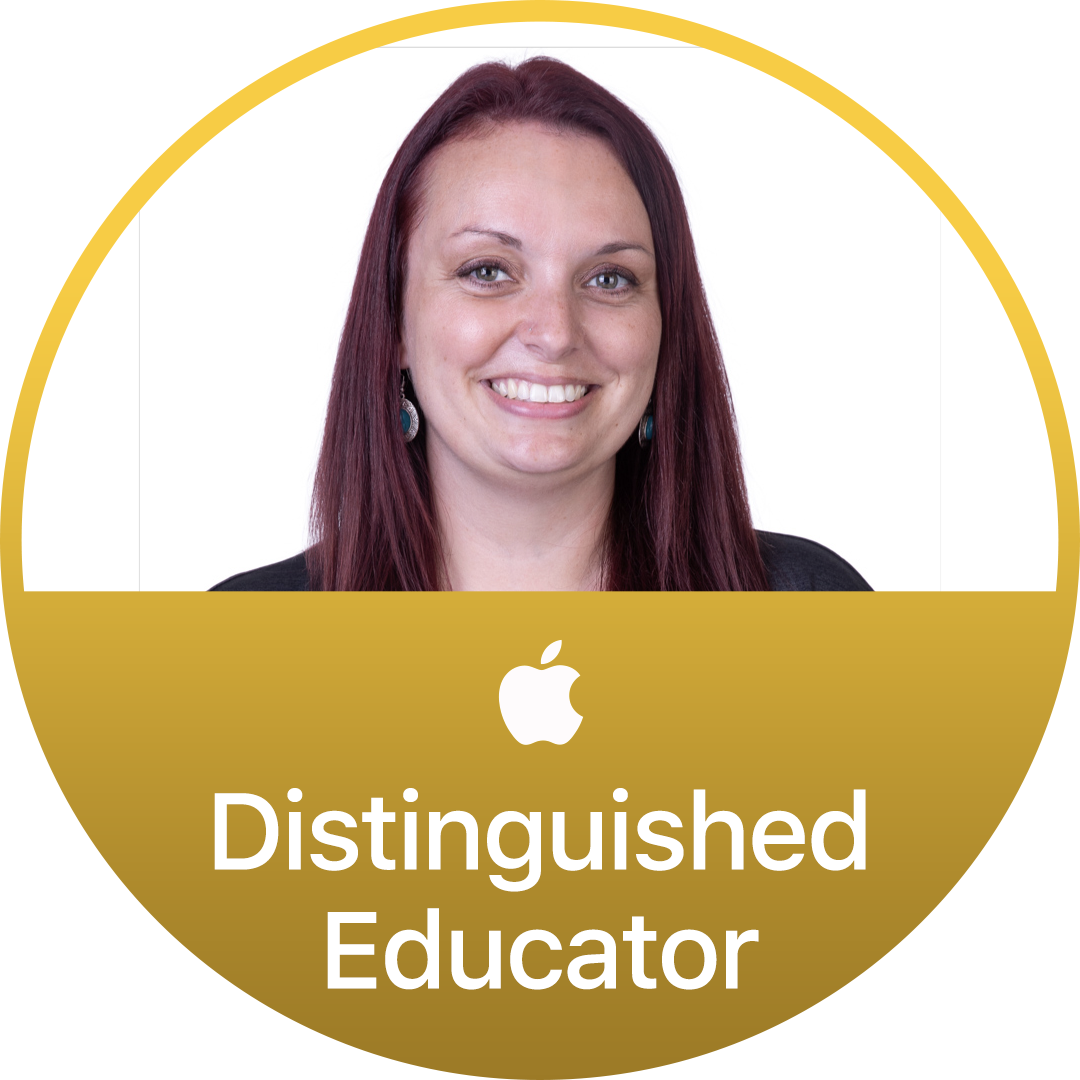
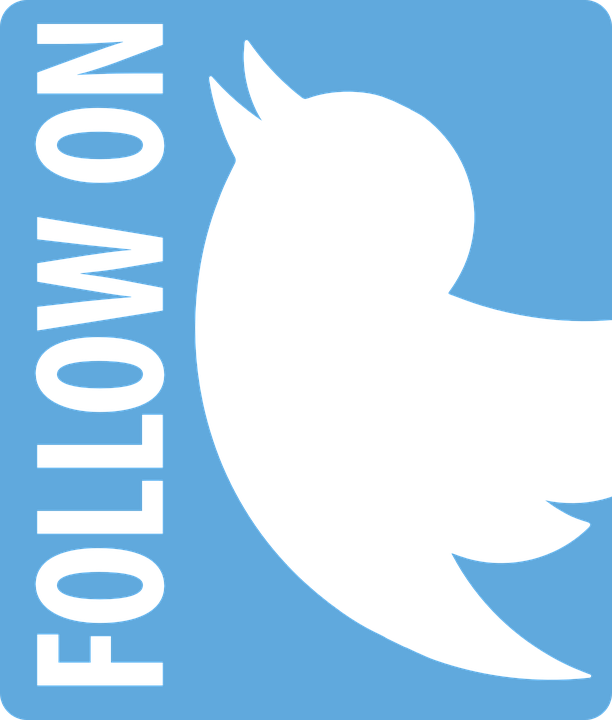

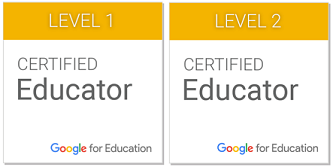
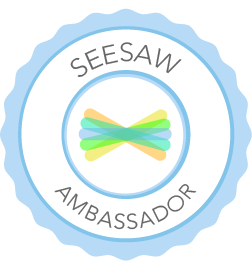
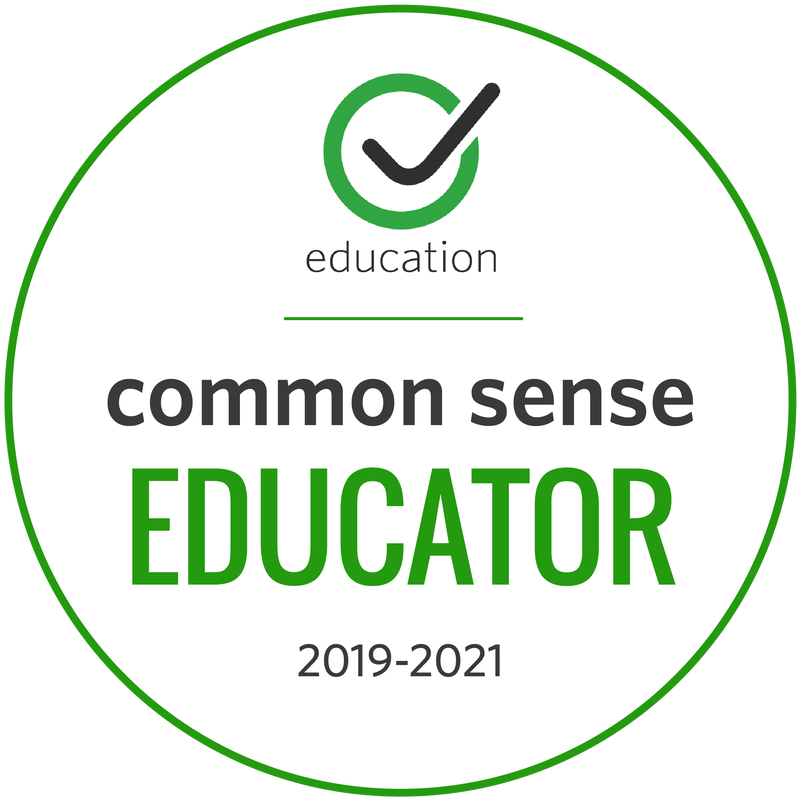
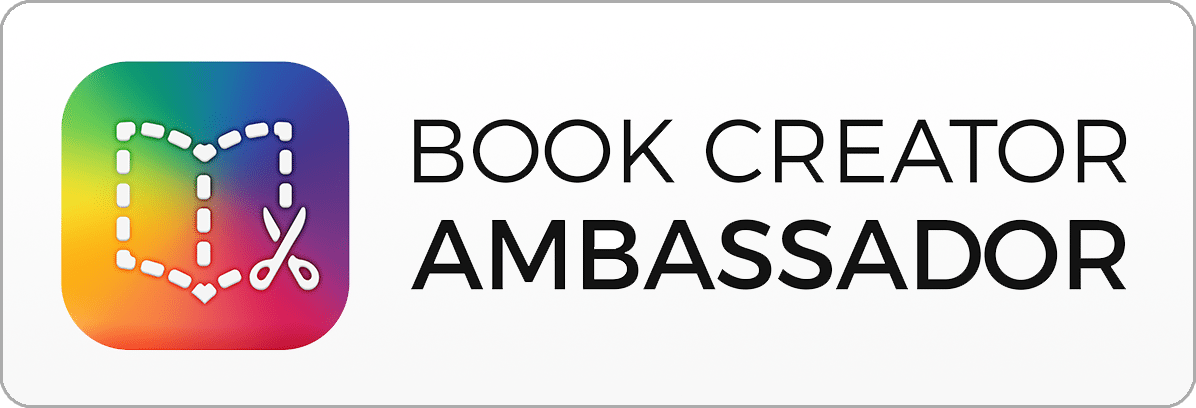

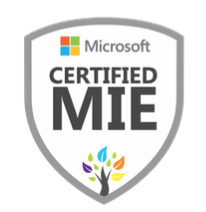
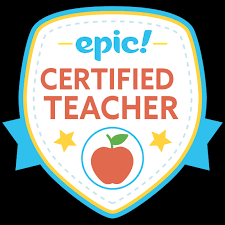

 RSS Feed
RSS Feed